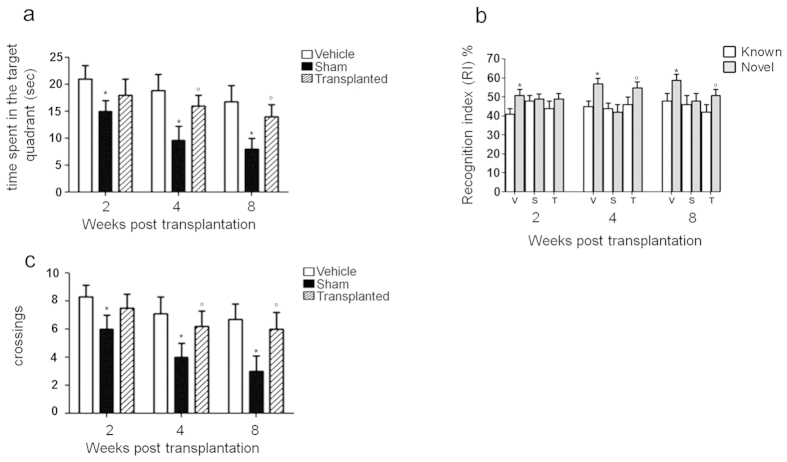Figure 5. ECG transplantation improves Aβ-induced cognitive and behavior deficits.
Morris water maze (MWM) tasks were performed on vehicle, sham and EGC transplanted animals at 2, 4 and 8 weeks post transplantation. (a) Time spent (measured in seconds) in the target quadrant (*P < 0.05 vs. vehicle; °P < 0.05 vs. sham; two-way ANOVA). (b) Number of crossings over the target quadrant was measured for 120 seconds at day 7 after the last acquisition test. MWM results shows that the sham group progressively decreased the time spent in the target quadrant and the number of crossings through the platform during the time course, compared to the vehicle group (*P < 0.05). EGC transplantation caused a progressive increase in the average time spent in the target quadrant resulting in a parallel increase in number of crossing on the platform; such increase began to be significant at week 4 and remained until week 8 post transplantation (°P < 0.05). Results presented in the graphs are representative of the mean ± S.E.M; n = 10 animals per group. (c) To assess recognition memory, object recognition task was performed on vehicle, sham and transplanted animals at 2, 4 and 8 weeks post EGC transplantation. Recognition index (RI) defines the ratio of time spent exploring the novel object over the total time spent exploring both familiar and novel objects. In vehicle rats a significant increase in novel object RI was observed versus known object at all the time points (*P < 0.05). The same RI evaluation demonstrated non-significant variations in sham rats, whereas EGC transplantation almost completely restored the RI observed in vehicle rats (°P < 0.05). RI percent values were expressed for familiar and novel objects during the test task (after 3 h delay). Data are expressed as means ± SEM of n = 10 experiments.

